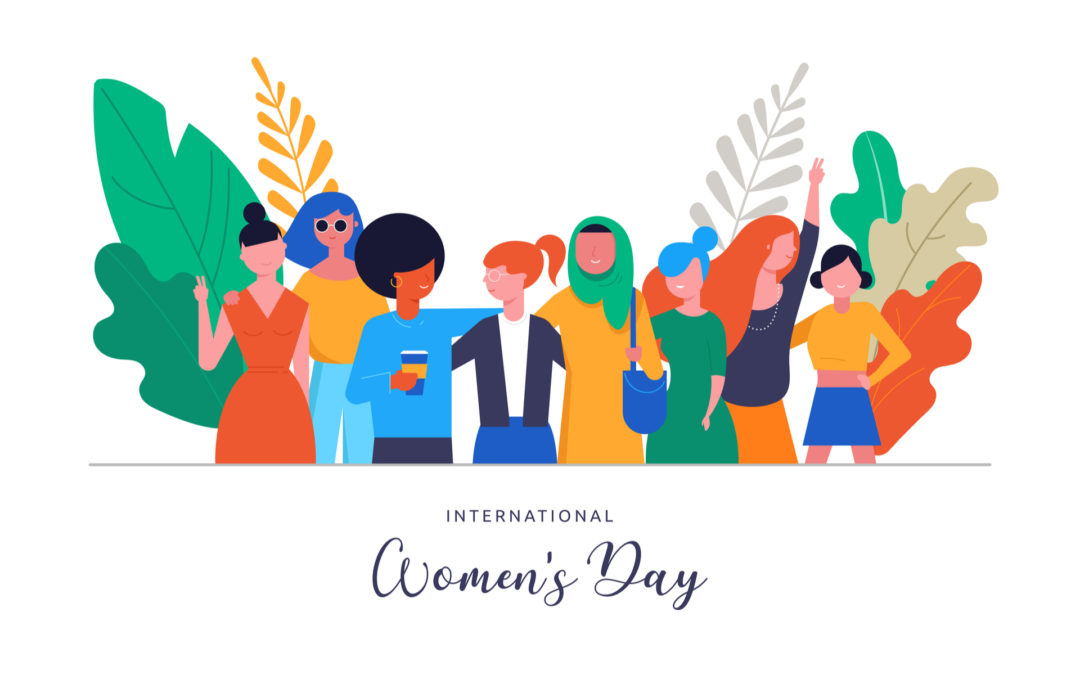The answer is “It depends”. Above all, it depends on how we interpret it.
On March 8, 2021, we shall celebrate – as we have done every year since the early 20th century – “International Women’s Day”. An event conceived in a socialist context, originally dedicated to the battles women led at the beginning of the past century. It carried a powerful social and political meaning, representing the opposition to power: something that the pop culture of the recent decades has completely wiped out. Throughout the years, women’s day has become a yearly ritual, when women are paid homage with flowers and chocolate boxes, when they go out together on some sort of authorised leave, when they sign an article to be published on the front page of the major papers.
It’s as if this recurring event has become a way to hide the chauvinism of the remaining 364 days of the year. On March 8, women are considered an exceptional presence, something to be placed on a pedestal, or to simply be handed flowers. We wish them the very best, companies and clubs organise special events, restaurants offer special menus for the occasion, stores offer special discounts and promotions and websites show galleries of famous women, as if they were icons. For many women, it’s a different day from all the others: they can do thing they usually don’t. They are allowed to go out without their partners, their husbands, their boyfriends.
But all of that barely resembles the real “International Women’s Day”. The idea was mentioned for the first time at the International Socialist Congress of 1907. In 1909, along with the first proposals of the anti-capitalist women demonstrators, National Woman’s Day was organised in the United States by the Socialist Party of America. Initially, March 8 in Russia (which used the Julian calendar then) became “International Day of the Female Workers” and in 1975 the United Nations named it “International Women’s Day”. Yet these historical origins were concealed over time by some alternative versions, the most renowned being that March 8 was nothing more than a funerary commemoration: some claimed that was the day the Triangle Shirtwaist Factory in New York went on fire, killing 123 women – mostly Italian and Jewish immigrants. That fire actually did happen, but not on that date.
A historic blunder that was nevertheless very successful, to the point that it is still quoted, mainly because, during the Cold War, it allowed western countries to remove the Russian and Communist origins of March 8, and because it fits in well with the widespread idea that women are victims, rather than protagonists. Women’s Day was born to celebrate the power and endeavours of women, not to commemorate the dead.
It would be nice if that were so again. It’s 2021. It’s about time.

Recent Comments